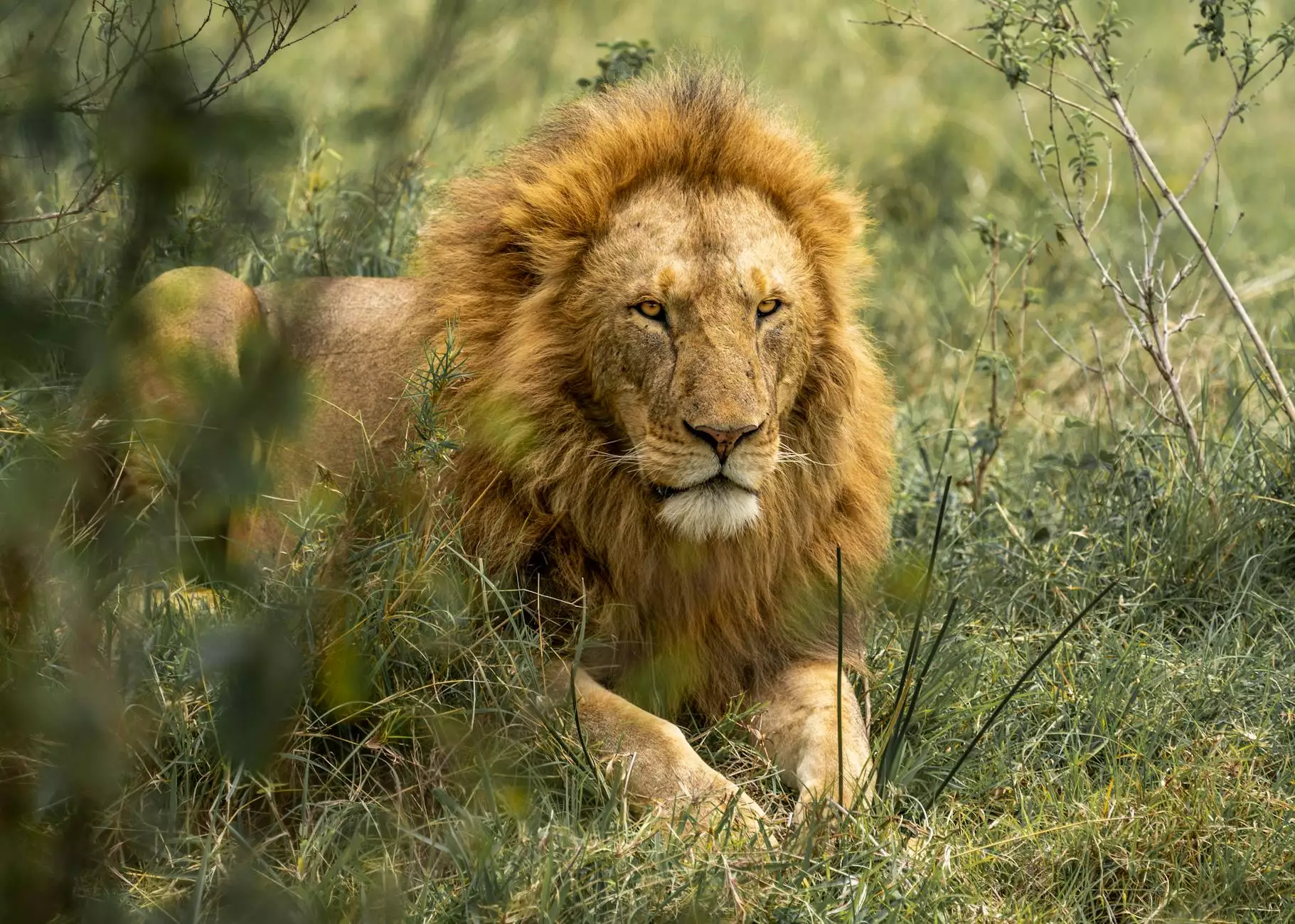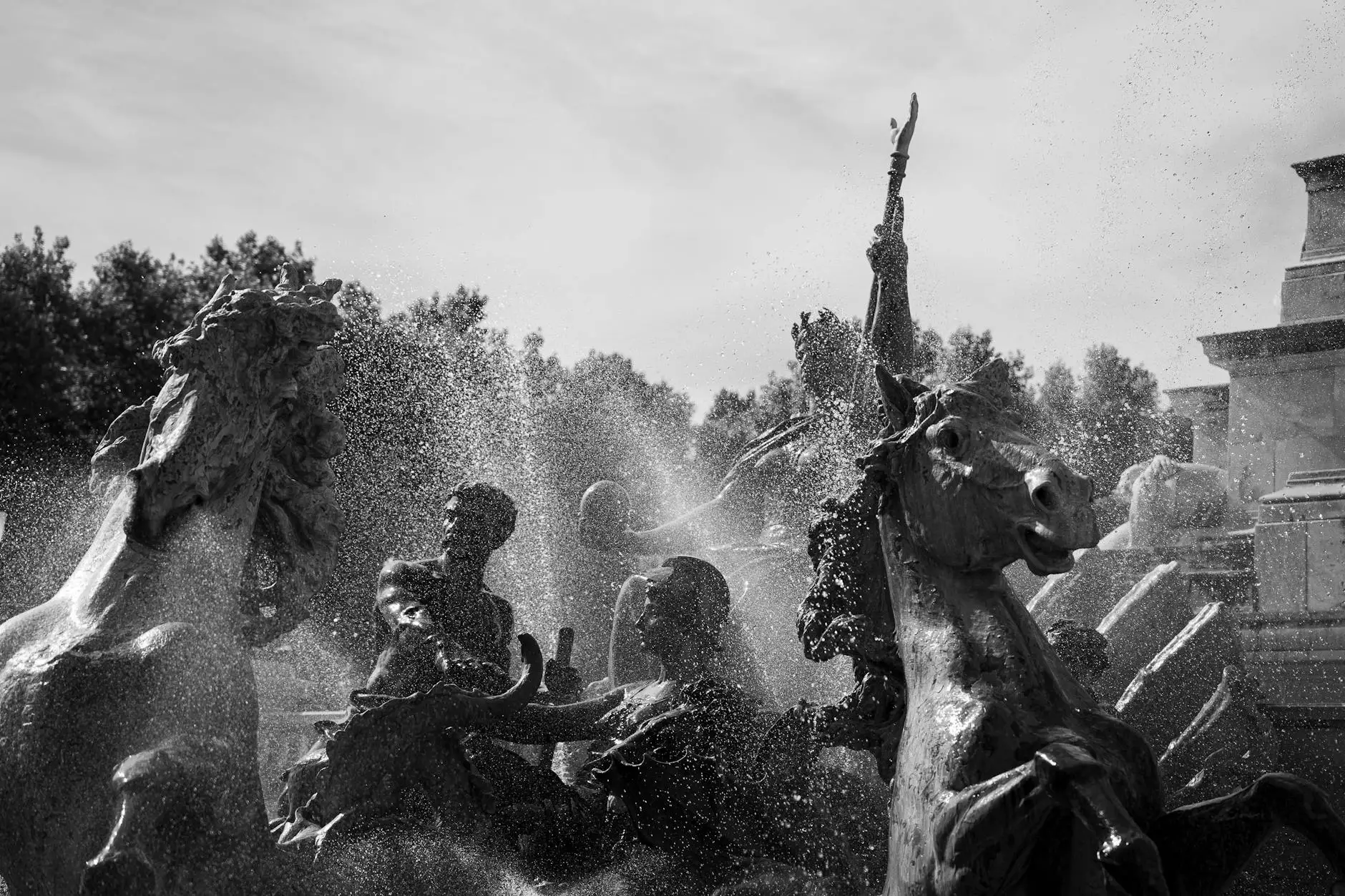Tihar Festival in Nepal: A Celebration of Light and Life

The Tihar festival in Nepal is a vibrant celebration that illuminates the skies and the hearts of the Nepali people. Also popularly known as Deepawali or Yamapanchak, Tihar is one of the most important festivals in Nepal, celebrated with immense joy and enthusiasm. This festival, which spans five days, honors the bond between humans and animals, promotes peace and prosperity, and embraces the coming of the new season. Through this article, we will explore the rich tapestry of traditions, rituals, and cultural significance surrounding the Tihar festival.
Understanding Tihar: The Festival of Lights
Tihar, celebrated every autumn, is unique in its customs and meanings. The festival typically falls in the month of October or November, depending on the lunar calendar. Each of the five days has distinctive rituals, celebrating various subjects, including animals, plants, and the bond of love among families. The festival serves as a reminder of the profound connections between humans and nature.
The Five Days of Tihar
The festival is broken down into five main days, each dedicated to specific offerings and celebrations:
- Kag Tihar (Day of the Crows): The first day marks the worship of crows, believed to be messengers of death. Families offer food to the crows to ensure peace for their departed loved ones.
- Kukur Tihar (Day of the Dogs): The second day is dedicated to honoring dogs. People adorn their canine companions with garlands, apply tika (a mixture of vermillion and yogurt), and offer them tasty treats, acknowledging their loyalty and companionship.
- Laxmi Puja (Day of Goddess Laxmi): On the third day, families clean and decorate their homes to welcome Goddess Laxmi, the deity of wealth and prosperity. People light oil lamps, candles, and colorful lights, illuminating their homes in celebration.
- Govardhan Puja (Day of the Oxen): The fourth day focuses on the worship of oxen, which are essential for farming. Farmers offer special meals to their oxen and worship them, acknowledging their contribution to agriculture.
- Bhai Tika (Day of Brothers): The final day of Tihar honors the bond between brothers and sisters. Sisters apply tika to their brothers and pray for their longevity and success, while brothers give gifts in return.
The Significance of Tihar Festival in Nepal
The Tihar festival in Nepal holds deep-rooted significance. It enhances familial bonds and relationships while promoting harmony among humans and nature. Each ritual symbolizes respectful acknowledgment of life and the importance of gratitude. The festival fosters a sense of togetherness, urging people to reunite with family and friends which is crucial in today's fast-paced world.
An Array of Customs and Practices
In every corner of Nepal, the customs during Tihar may vary slightly, influenced by local traditions and practices. However, some common elements are seen across the nation:
- Rangoli Designs: Colorful patterns made from colored powders, flower petals, or rice are often created outside homes to invite prosperity.
- Lighting and Decoration: Homes are adorned with lights, candles, and oil lamps, creating mesmerizing scenes that brighten up the neighborhoods.
- Delicious Feasts: Families prepare special dishes, including sweets like *sel roti* and *momo*, showcasing their culinary skills and tradition.
- Community Gatherings: The festival encourages community bonding through shared celebrations, singing traditional songs, and performing dances.
Tihar's Cultural Impact
The Tihar festival transcends mere celebration; it enriches the cultural identity of Nepal. It plays a crucial role in promoting local traditions, arts, and crafts as families prepare their homes and offerings. Furthermore, the festival contributes to the local economy, as businesses thrive with the influx of products and services related to the festivities.
Tourism During Tihar Festival
The Tihar festival in Nepal attracts domestic and international tourists alike. Travelers flock to ancient towns and villages to witness the grandeur of the celebrations. Tour operators often design special packages for visitors to immerse themselves in the festival atmosphere, such as:
- Traditional Performances: Visitors can enjoy cultural dances and music performances that depict the heritage of Nepal.
- Cultural Workshops: Tourists can participate in workshops to learn about the rituals and create traditional Rangoli, spices for traditional dishes, or crafts.
- Feast Experiences: Tour companies often host communal feasts that allow guests to savor traditional Tihar dishes alongside locals.
Conclusion: The Essence of Tihar Festival
The Tihar festival in Nepal is not just a series of rituals and celebrations; it is a representation of the unity, respect, and love within the communities. As the festival binds families and friends, it fosters an environment of gratitude and togetherness, echoing the eternal connection of humanity with nature and the universe. Embracing the teachings of Tihar on a daily basis can lead to a more harmonious life, honoring relationships and nurturing cultural heritage.
In a world that often feels disconnected, festivals like Tihar serve as a reminder of the joyous bonds we share. They encourage us to celebrate life, to respect all beings, and to spread love and kindness. Whether you are a local or a visitor, participating in Tihar is truly a memorable experience—one that encapsulates the spirit of Nepal.









